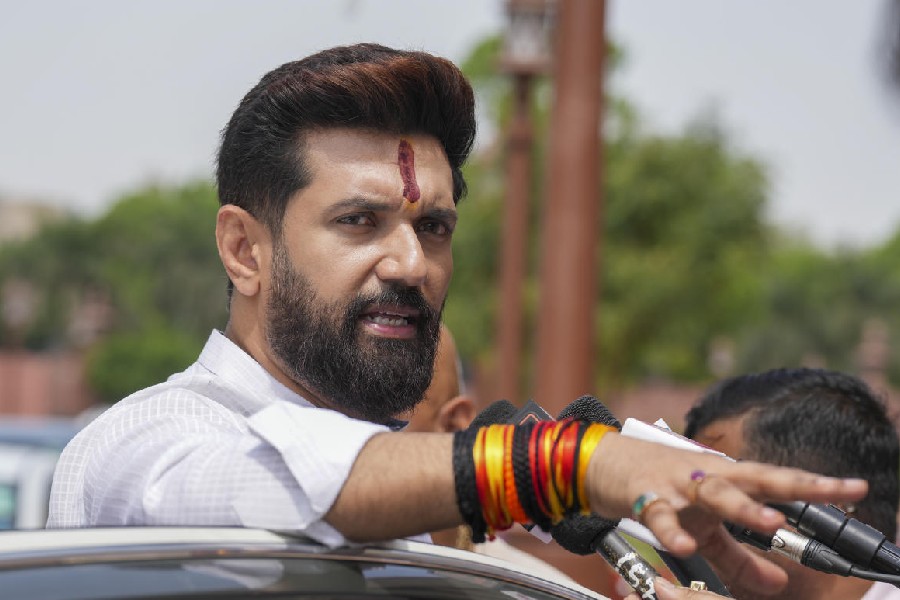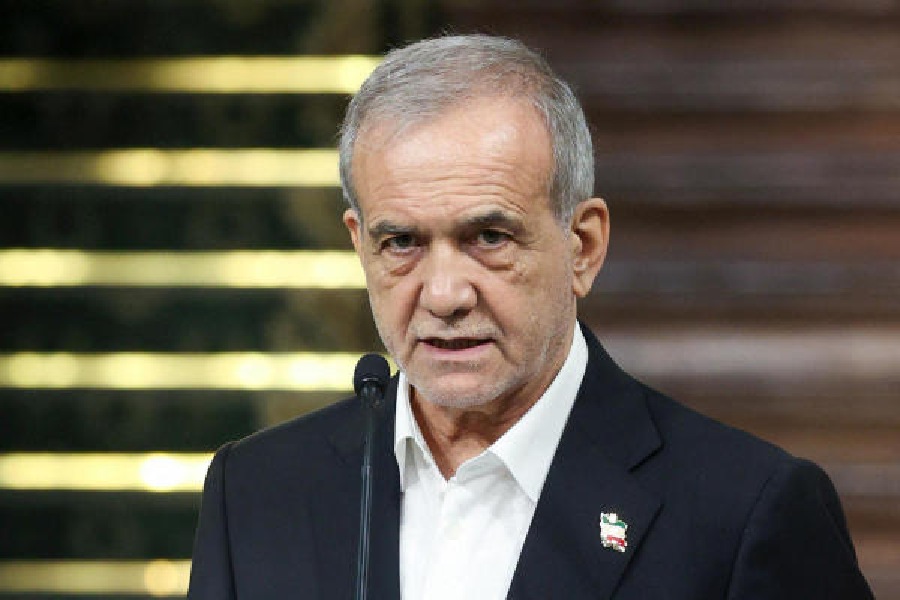 |
| Point of pride: A still from the film Bride and Prejudice. The West is fascinated by Indian weddings |
Kavita Daswani was too dark ? or at least that?s what prospective grooms said when they rejected her suit. In a recent interview, the fashion correspondent for CNN, CNBC Asia and Women?s Wear Daily, who now lives in Los Angeles, admitted that her marriage was a huge concern for her family. So much so that she was actually urged to marry a strip-club owner from Nashik at 30. Sad but true.
But it?s also true that such stories sell. And while Daswani didn?t exactly go autobiographical with her novels, she drew a lot on personal experiences, and her books are selling like hot cakes. For example, For Matrimonial Purposes, released last year in eight countries, is about a 34-year-old pudgy and not-so-fair girl whose parents agree to send her to ?Umrica? only when she promises them good Indian boys there. After a few disastrous relationships, whites included, she gets married, finally to an Indian Mr Right, and the two live happily ever after, in the good old US.
Quite clearly, such stories do touch readers in the right places, or Daswani wouldn?t have survived five books, including the latest The Village Bride Of Beverly Hills, released some weeks ago, which touches upon another stereotype of an Indian marriage: the Indian husband in the West, who discovers ?sensitivity? after ?reading a few books and watching Oprah?.
From the plethora of books and films being released with diasporic Indian marriages as the theme, one would think happy Indian marriages are more of a problem in the West than here. And to some extent, they are. And authors and filmmakers are springing up left, right and centre to cash in on this.
Years ago, Chitra Banerjee Divakaruni wrote a book of short stories called Arranged Marriage and Vikram Seth, a novel called A Suitable Boy. Then, they were sensitive portrayals of Indian society. The whole problem of adjusting to a whole new lifestyle was, well, new. But right now, diasporic literature which focuses on marriages are what one can call India?s answer to the Mills & Boon Romance series.
But Indian marriage literature and films, says Radhika Chopra ? who teaches sociology at Delhi University and has done a considerable amount of research on romance novels ? have one basic difference from the Mills & Boon romances. ?In the Indian novels, the story starts after the marriage, as opposed to M&B?s where marriage is the goal.?
The similarities, however, are stark as well. Boy marries girl. And the story takes off from there to the troubles they have, with family, with life and with society.
Amulya Malladi?s The Mango Season and Serving Crazy With Curry are cases in point. The first book is the story of how a young girl from an Indian village adjusts to life in the US. It's a subject done to death, but then Malladi drew on her personal experiences on being married to a Danish man and living in the US. The second book, again with an oft-repeated subject, is about a second-generation Indian girl in the US and how she finds love, finally.
But there is a readership for these stories, not just among Indians, but others as well. ?The West is fascinated by arranged marriage. People in the West really don?t get how a man and a woman who don?t know each other very, very well can get married,' says Amulya Malladi, who lives in Denmark with her husband. Her mother-in-law, for example, really believed that arranged marriages happened 100-150 years ago in India until she met her. ?And then she promptly went and bought the Danish translation of A Suitable Boy,? says Malladi.
Filmmakers such as Gurinder Chadha have even gone as far as Indianising one of the strictly English novels to make a Bride And Prejudice. Mira Nair?s Monsoon Wedding took the Indian marriage to the West. Films like East is East and American Born Confused Desi are all about worried parents looking for suitable matches for their children, one of their chief fears being that their child will end up marrying a ?gora?, or as in the case of Mira Nair?s Mississippi Masala, a ?kala?.
But such stories sell because these are stark realities in Western societies. For Nandini Dev, a second-generation Indian living in Los Angeles, everytime she broke up with a boyfriend, it was because her father, who migrated to the US from West Bengal 30 years ago, did not approve of his daughter seeing an American boy. ?Even when I dated a Parsee, my father wasn?t too happy about it.? The more global Indians get, the more caste-conscious they seem to become.
Her sister, Anurupa, says that one of her greatest fears is that she would be made to marry a fresh-off-the-boat immigrant.
Psychiatrist Avdesh Sharma says such fears have very strong bases. ?It is very difficult for an Indian person, who?s gone there for the first time, to accept the openness with which second-generation Indians interact with others, especially those of the opposite sex. Moreover, to some extent, the entire romanticism of marriage in these cases is not there, with couples worried about adjustment problems.?
As long as there?s a happy ending, it doesn?t matter. And that?s what concerns the new crop of diasporic writers. Everybody loves a lover ? but give them an Indian marriage any day.











